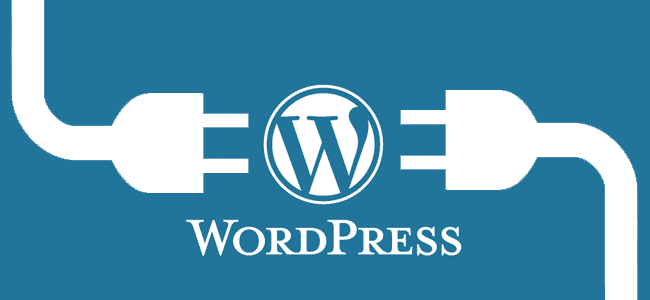WordPress Slow? Optimizations your WordPress Website Making Faster (up to 6 times). Below are 6 described optimizations you make WordPress website quickly:
1. Choose a high speed web hosting for WordPress
The first optimization in this article is crucial! Essential.
Why?
Good hosting determines the speed of a WordPress website and the success of other optimizations! The quality of the hosting that drives your WordPress site has the greatest impact on the final speed. For both the visitor and for you as an administrator who has to work in the WordPress administration area!

A rough estimate based on my experiences: A WordPress website to the correct web hosting turn accounts for half to three-quarters of the optimization work. The other optimizations described in this article are only the remaining 25-50%.
In addition, it is so that other optimizations are also in relation to the quality of the hosting. You can optimize your WordPress site until the cows come home, but if the Web server is not fast enough, you’ll never reach acceptable loading times.
2. Choose a reliable and fast DNS provider
DNS stands for “Domain Name System”. It is a network protocol that links a domain (and subdomains) to IP addresses. The most important is the IP address of the server on which the file of your WordPress website are housed.
By typing a domain name into a Web browser’s address bar, for example “seopractical.com” is a lookup done. Via the stub resolver a question is put to the recursor (usually your ISP) which IP address is associated this domain?
This question raises the recursor to the DNS root server, which forwards any request to other DNS servers until the answer is known and is returned. This is called recursion.
3. Use a ‘lightweight’ WordPress theme
A website is built into the base HTML combined with CSS files for layout and JavaScript files for functions.
At a WordPress website is the same. Furthermore: the less HTML, CSS and JavaScript is used within a website, the faster load time.
Strive for a website that has minimal HTML, CSS and JavaScript!
That’s a challenge, because most WordPress themes today are multi-purpose and very extensive. So can be called a wide audience of potential users.
This has the disadvantage that there is often a lot of CSS and JavaScript is loaded into the WordPress website. Also pages are often built up slowly, because there are many configuration options have to be loaded in order to build up the pages.
4. Keep static content in the browser cache
When you call a web page in your browser, HTML is downloaded and usually multiple images, CSS files and JavaScript files. These types of content are called static content.
Often these static content, largely used on multiple pages within the same website. Thus, CSS, and images that are loaded through CSS, often on each page the same.
This also applies to most JavaScript.
Because the content is static and does not change, downloading once enough. In order to prevent this static content must be downloaded again on each page, it is possible to store static content in the browser cache.
Instead of the static content will be downloaded again, it will be loaded from the browser cache, which is many times faster!
All modern browsers have a browser cache. You just need to tell the browser that the static content should be stored.
This may be rules that change settings on the server, and thereby send a command to the browser to store files for a certain period.
5. Reduce the size of images and optimize them
Besides various CSS and JavaScript files, images are often in relatively large numbers exist in a WordPress website. these files also can optimize!
An optimized image is smaller in size and thereby loads faster.
There are two ways you can shrink images:
- Resize
- Compression and Optimization
- Resize images
Decide what you want to use an image within your WordPress website. Probably there is a maximum space of pixels in which the image is used.
Reduce the dimensions by making the width of the image equal to the maximum available space within which it is placed.
Of course you should not forget the height of the image into the aspect ratio of the original image.
Use is then required a larger image within the space in which you are going to use it, then it is useless. The file size is unnecessarily large.
6. Load static content through a CDN (Content Delivery Network)
CDN stands for Content Delivery Network. The name says it all: it is a content-delivery network. A network of Web servers which just serve static content, from fixed points all over the world. Through your static content to load via a CDN on a sub-domain of your site, can static content from any point load quickly in the world. A Content Delivery Network make sure this content is served from the nearest server.
On these web servers are thus stored copies of your static content. This applies only to the static content. The web pages are still served from the “origin” server.
Which CDN WordPress is good and easy to configure?
Although I do not own CDN use at the moment (because the impact of my website is nil), I have experience with content delivery networks. The best experiences in terms of simplicity, price and support is https://www.jodihost.com/wiki/.
